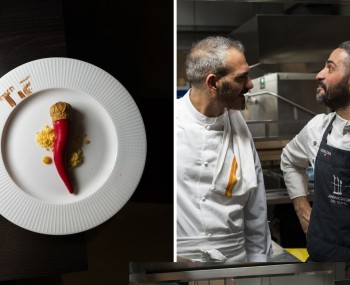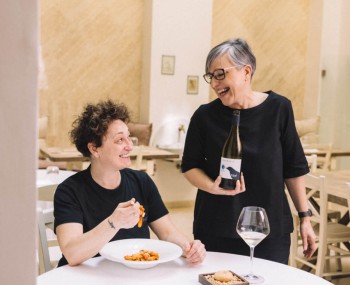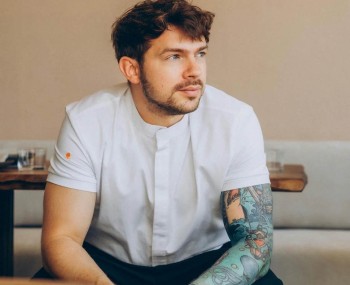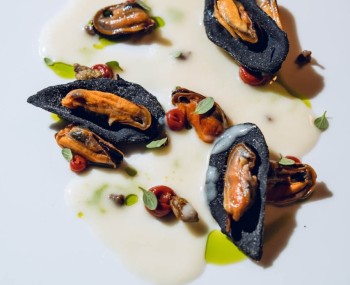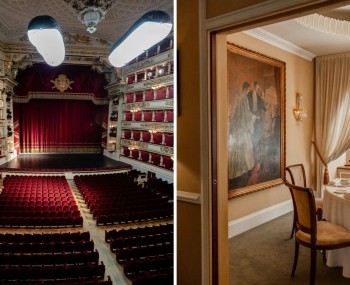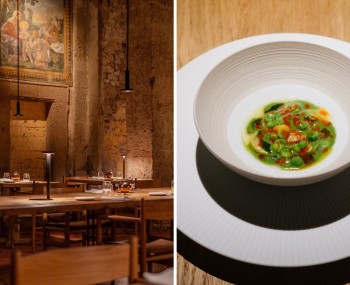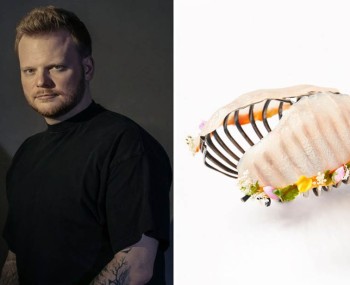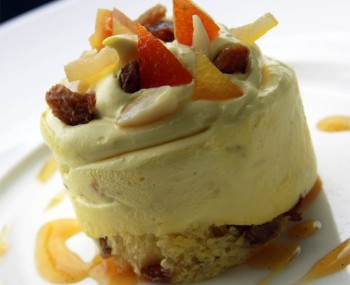Over time, Signum has been transformed without losing its essence, from Martina Caruso's increasingly personal cuisine to the wholesomeness of the surroundings to labels that enhance the island's native grape varieties. History of a small gourmet miracle, from 1988 to the present.
Territory and history
Green, all that green that dominates the sea, deep blue. And the lingering scent, a fragrance that changes with the seasons and brings back all those olfactory expressions that the Mediterranean maquis emanates on this distant island. Characterized by the two unmistakable mountains that dominate it, formerly Dydime (twins), today Salina, is a place that stays in your heart and in your memories, for that way of presenting itself beautiful in purity. In this space of Sicily between the Aeolian Islands, populated year-round by three thousand people, Signum was born in 1988, in Malfa.
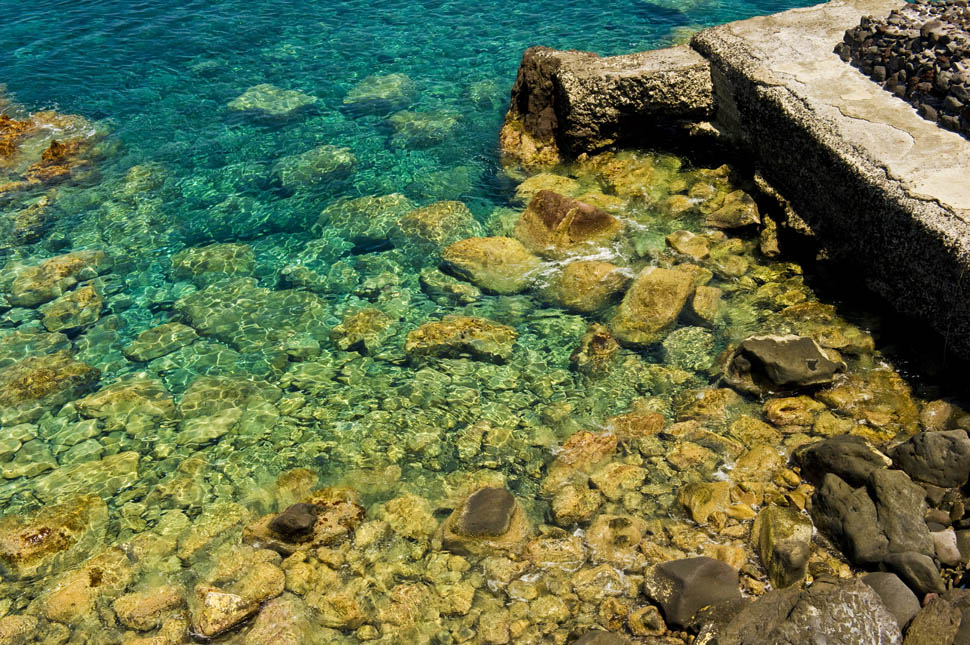
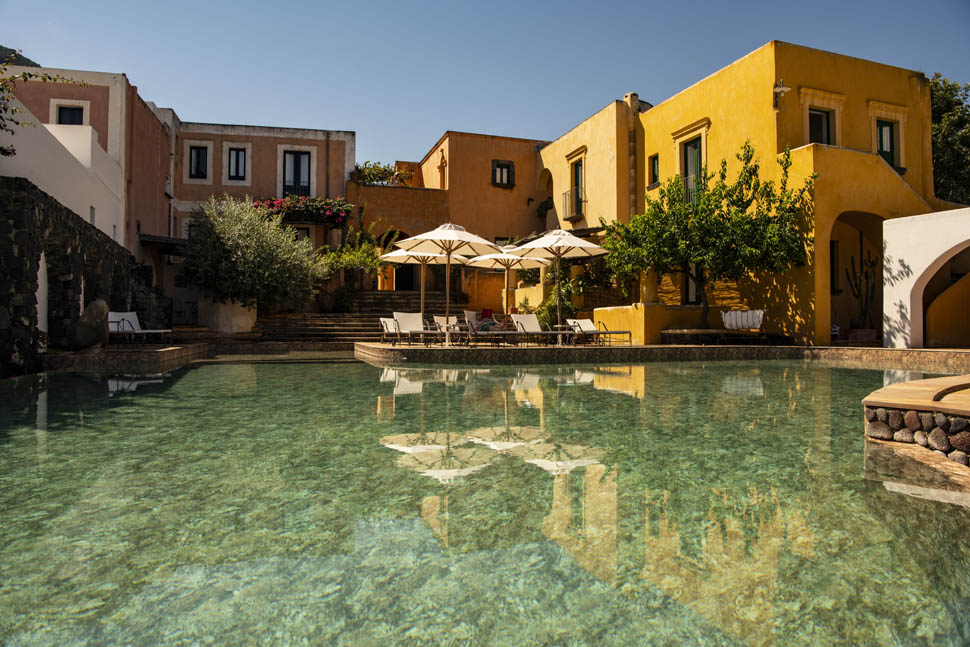
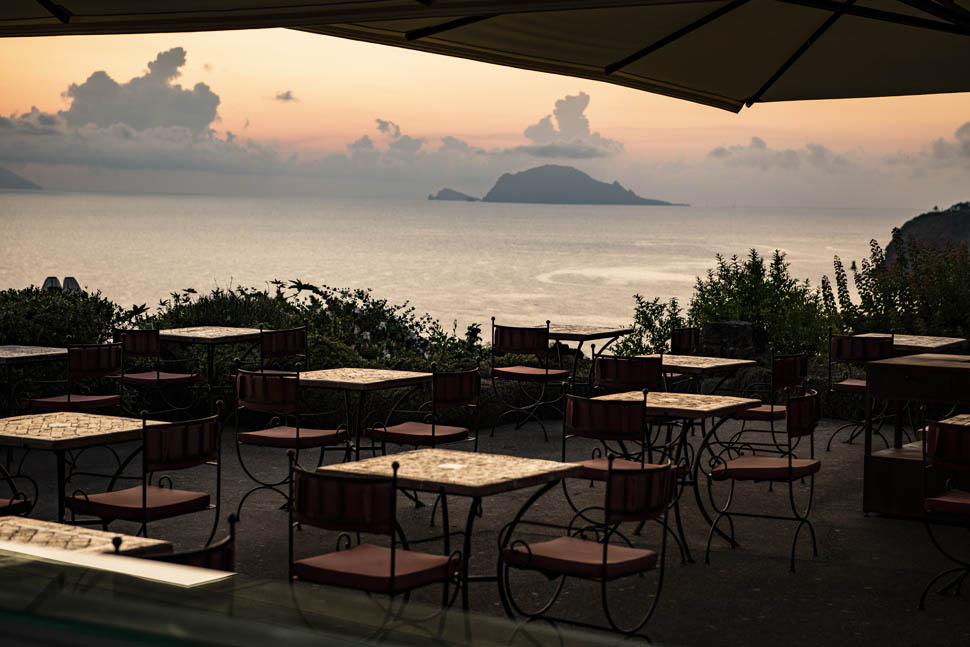
A living hospitality structure that moves through time, a sort of village of thirty rooms carved out of Aeolian houses and agricultural warehouses, distributed around magnificent terraces with an unforgettable view of Panarea and Stromboli: once sharp that you seem to touch them, another more concealed, suspended in the middle of the sea. To Scario beach, the closest, you can get there in ten minutes. This enchanted corner today is cared for by Luca and Martina Caruso, siblings with different characters, united by an unconditional love for a place where they grew up and then made their own paths in life and which it is now up to the two of them to shape.
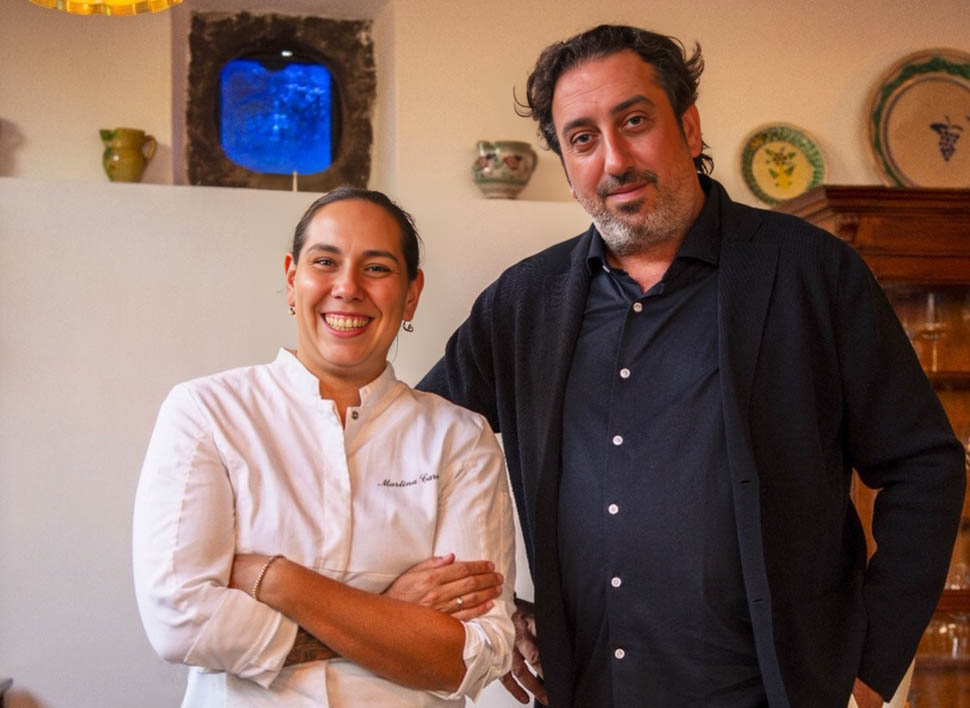
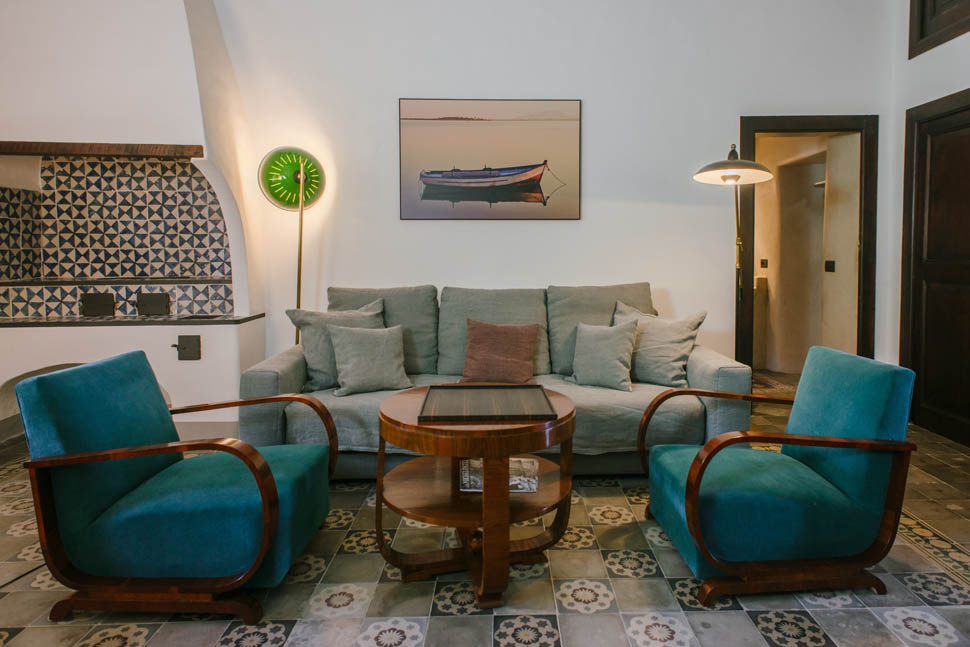
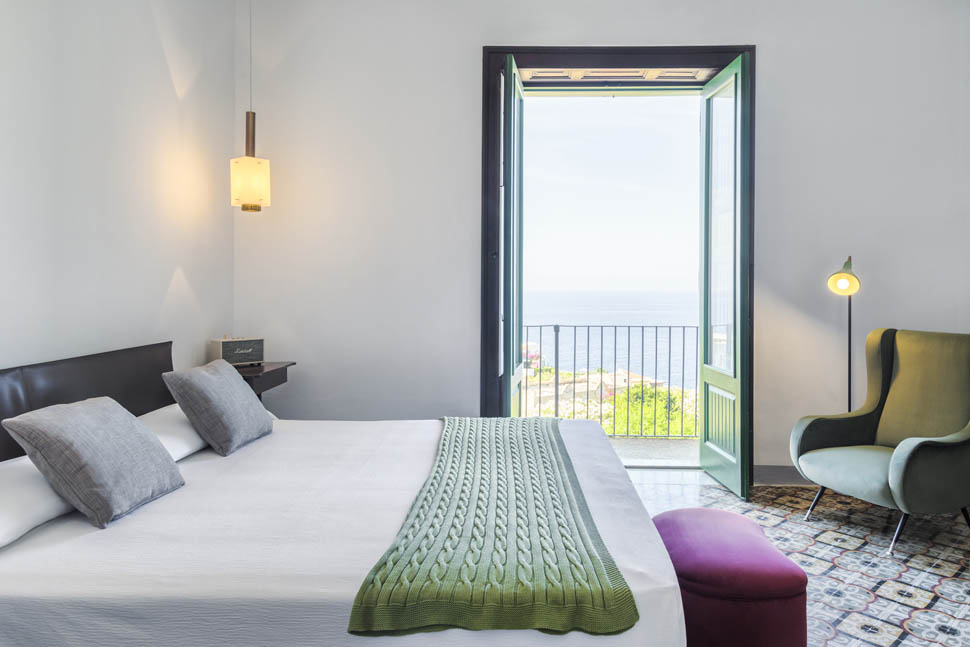
When asked what Signum is to him, Luca says, “It is a growing, visionary, investment-rich reality. We represent a special place on a small Sicilian island in the Mediterranean, a very beautiful structure, with factors external to the skill of those who built it. Then, despite being well placed in the present, in the time of social and the web, open-mindedly following trends in cuisine and hospitality in an absolutely current cross-section, we represent a place that is in fact historic."
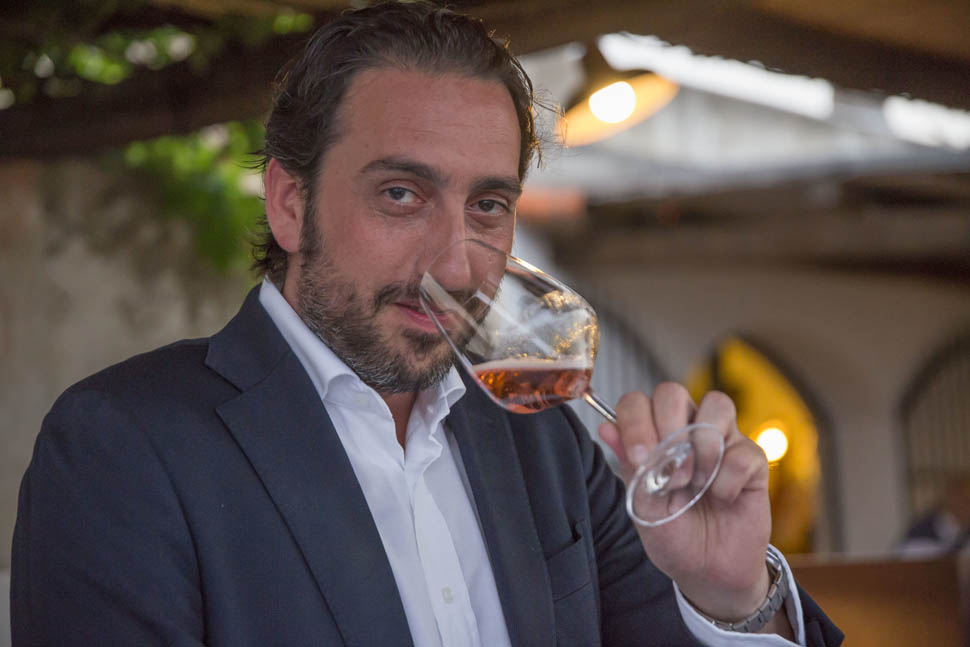
Luca lights up, realizing how his pragmatic nature is challenged by his relationship with the Signum: “What needs to be protected here is the garden, the Aeolian terrace with its shelled wall, in the language of here, the ancient plaster, shabby chic as some would say today, the charm of a timeless place. I am unspiritual and very practical, but in spite of this I feel that within our walls there is a force, an energy that is basically independent of the people who animate it; therefore, as far as I am concerned it is I feel like its custodian, not so much in the sense of being the owner, but of custodian to carry it further."
The new Signum

Over time, Signum has been transformed without losing its essence; the changes have been important but have not affected its authenticity, which sees elements of great modernity mixed with vintage pieces in that way that seems more natural than studied at the table. Yet, perfectly harmonious. “We made leaps forward, particularly by redoing the new kitchen for fine dining, with the central island by Molteni. Cardinal red in color, super innovative, modern. But above all, we thought about the healthiness of the rooms.
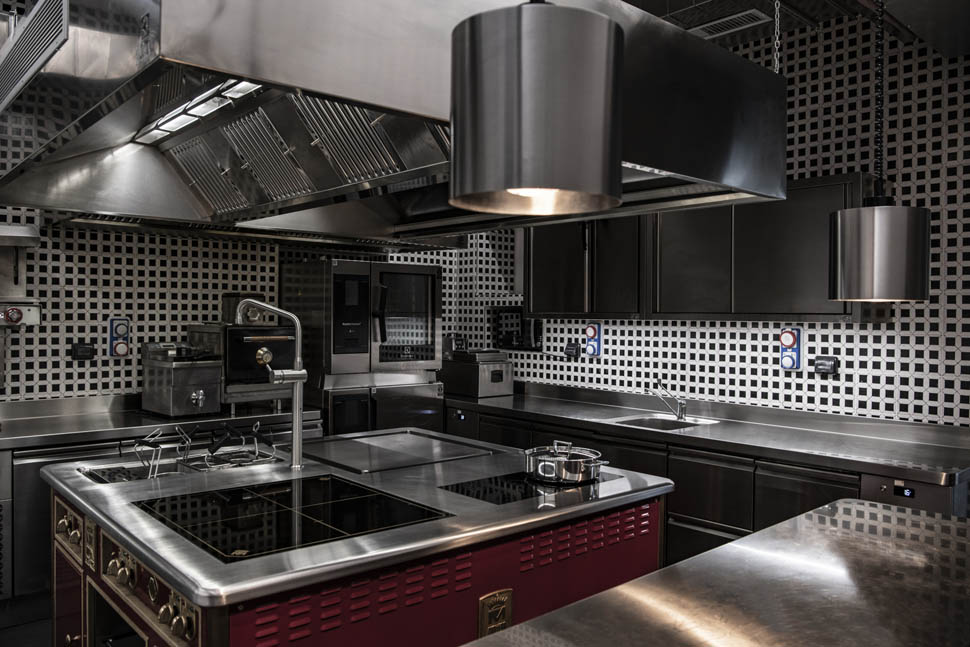
Of course, sustainability comes from working with the local fisherman, from the garden with wild herbs and vegetables, but at a certain point of maturity you take it for granted that all this is the norm, that the path should be that and that we don't use squid that comes from Thailand. Some things become more normal and less extraordinary, albeit still important. Then it's also worth talking about ethics and sustainability through the business aspect of quality of work, healthy environments, a kitchen with controlled temperatures, with regenerated air-that's what's happening.
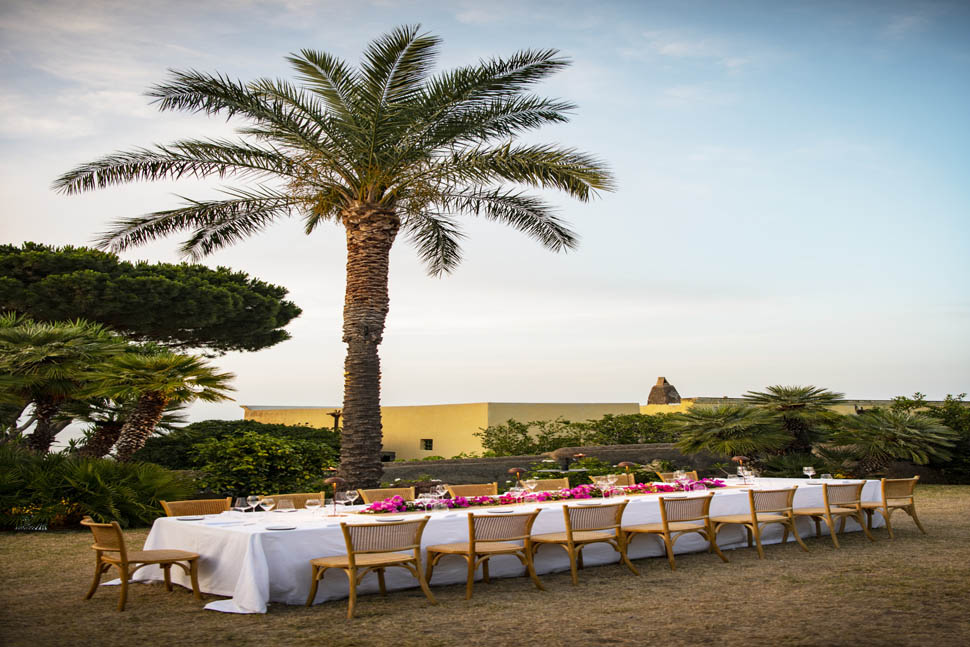
The year before we reworked the guest-living parts, the gourmet lounge, we invested in customer comfort and quality of time spent with us. Then we focused on the part you can't see, the engines, the gears. Ours is the vision of a family making an investment that changes little from the external point of view: we had made more rooms we would have brought them to income, but the revenue numbers have not changed, the quality has changed."

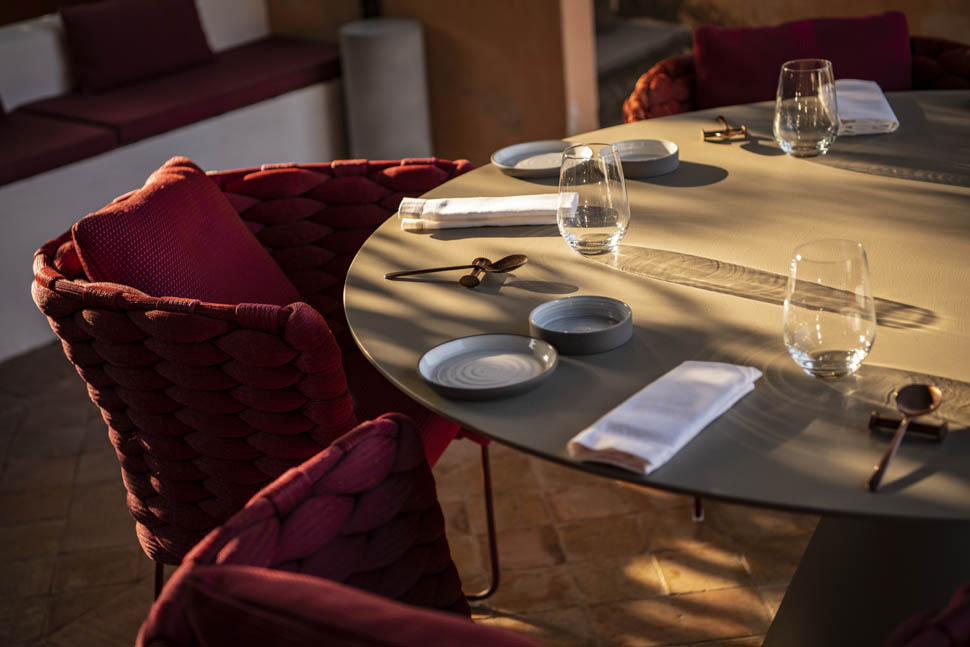
The winery and the team
And quality at Signum is expressed through important details, such as the cellar: visiting with Luca this space where wine was once produced, deciphering the expression of this man, between proud and moved when he wanders among boxes, cartons, bottles and large formats, is useful to understand the extent of the enthusiasm that animates him, even pushing him to make his labels from native island grape varieties with Eolia.
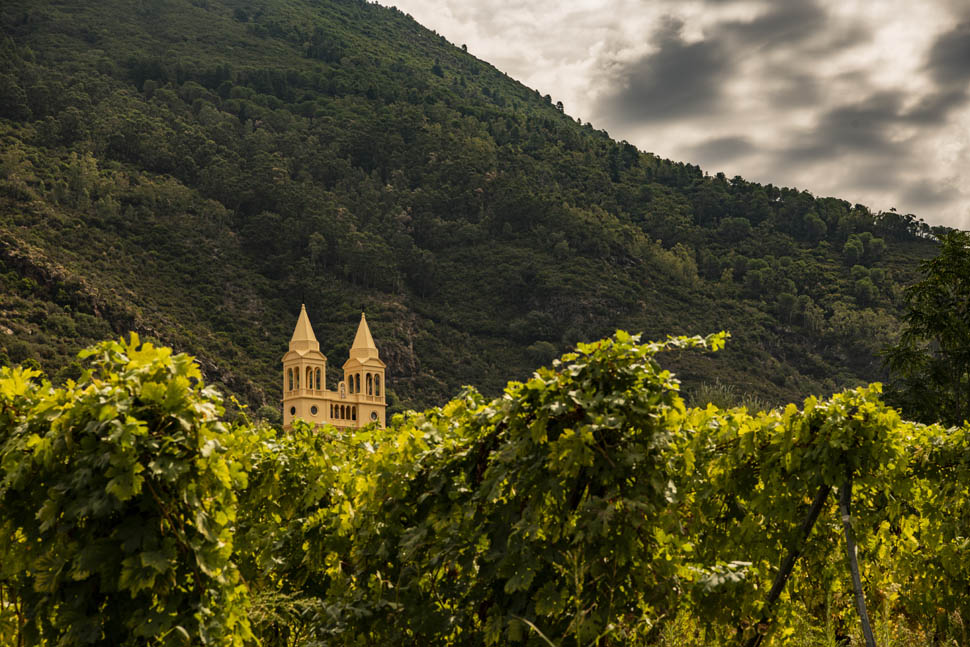
Crucial, again, is the contribution of a cohesive team: “I work a lot with the team concept: people make the difference in hospitality. Among them are two fantastic guys who take care of the office in both winter and summer: they are inside the facility, without being cooks or sommeliers, but they represent the organizational and managerial soul and act with us. Then there's our cousin, Raffaele Caruso, who takes care of the cocktail bar part, which is a prominent element in the Signum's offer that gathers so many excellences and does important research, foraging included."
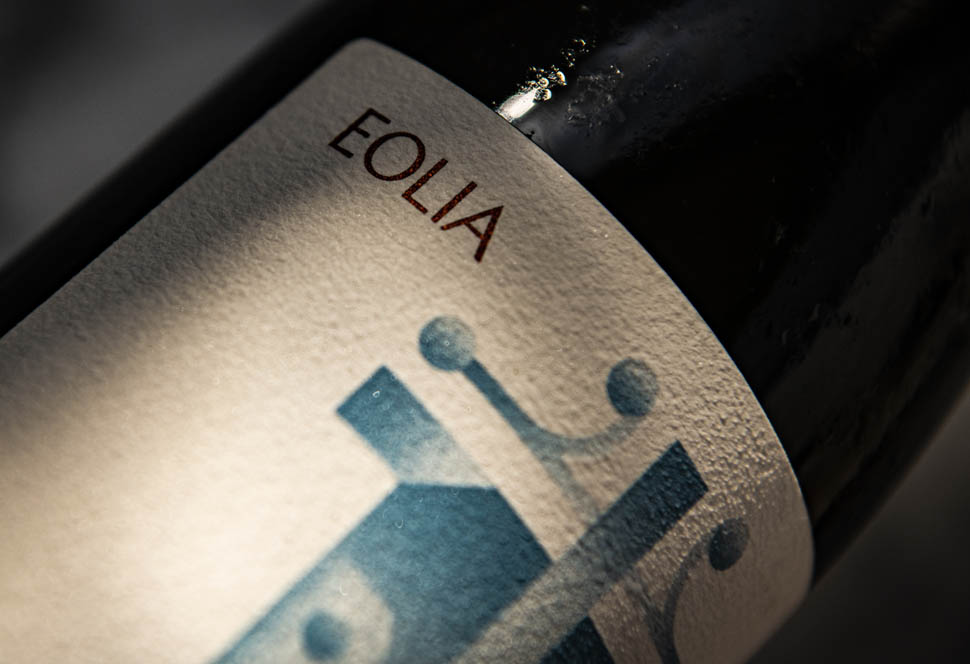
The kitchen
The gourmet chapter, a matter of course, is as relevant as it is organic to the project. Luca is deeply attached to Martina; the two of them represent the center of Signum. Ten years of age separate them: it is very nice to hear Luca's involvement in his sister's work: “The new kitchen has created new stimuli, new desire, new desires. The responsibility of this object to walk definitely gave additional sap and desire to be in the forefront. Plus, we are talking about a person who is a mother of two young children: woman, mother, entrepreneur and chef: it is not easy to combine all these things." As for the upcoming season, which will begin with the arrival of spring, Luca says, “We're picking up where we left off, the skeleton of the menus changed towards the end of June and we came up with the new Oltremare, a menu with new and research dishes, with extractions, a work on the maturations, on the bottoms and on sea broths, more a seafood cuisine than a fish one.”
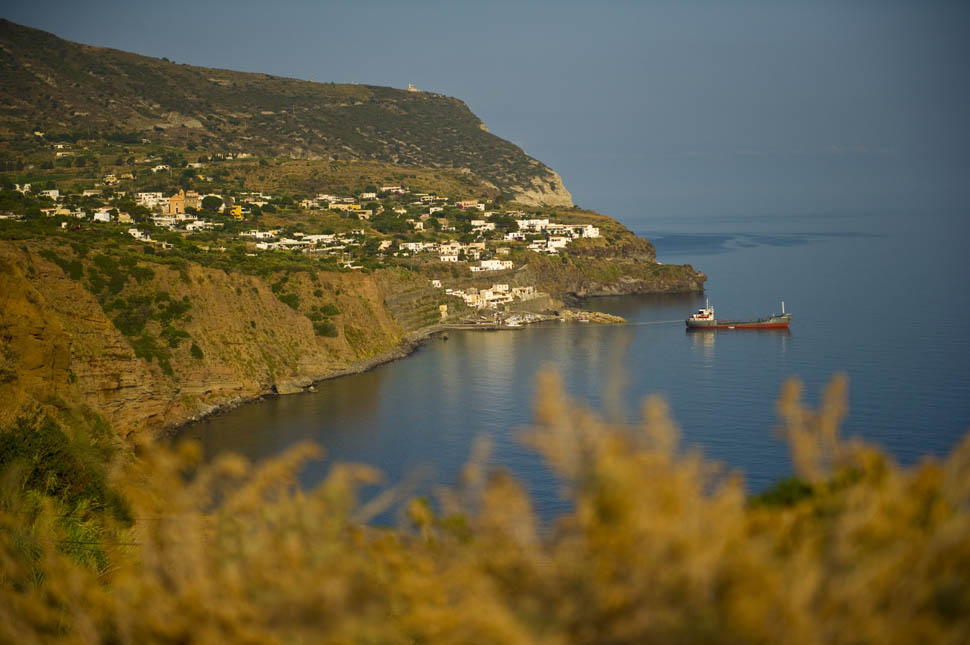
Then there are Sigillo, the menu of historical dishes, between 9 and 12 courses, and Radici, dedicated to the vegetable proposal. Martina, born in 1989, entered the kitchen at Signum at age 23. Today for her this place “has an identity, it has become a destination of experience. I feel like a simple cook and I look for light fresh Mediterranean dishes-I feel like I am conveying the island and the territory around me. Over time, technique has increased, presentations have changed, but the connection to ingredients and place has not changed. Besides, mine was a very natural choice, because I was born and raised inside Signum and I used to see Dad stay cooking; I still enjoy the adrenaline rush of service. Then, the way I am, I love doing a lot but everything behind the scenes compared to my brother."

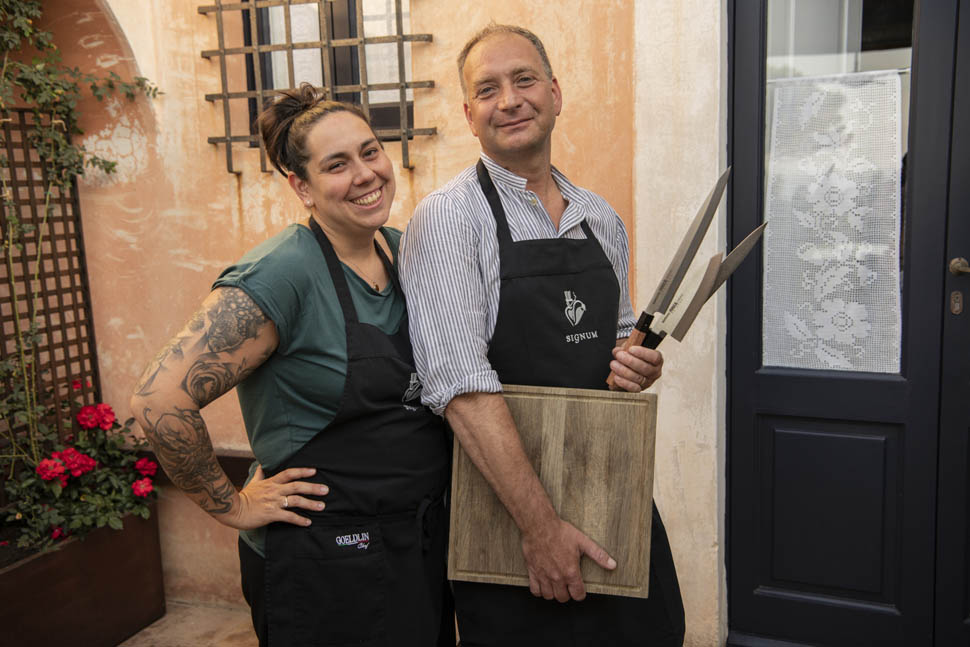
The dishes
Indeed, Martina's dishes speak for her, a smiling woman of insular reserve. Like, for example, that bagna cauda with sea urchins, the result of a trip to Piedmont that inspired her to add an extra element of intensity to this northern recipe with its Mediterranean characteristics. It “came in as a welcome dish and I can't get it out: they ask me for it every time and want to take it home.”
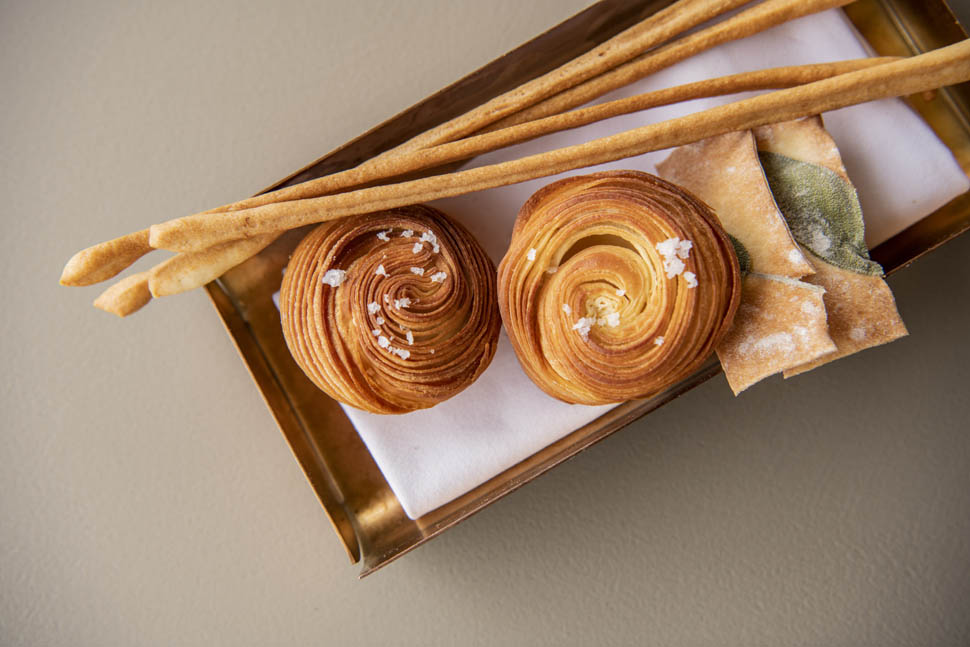
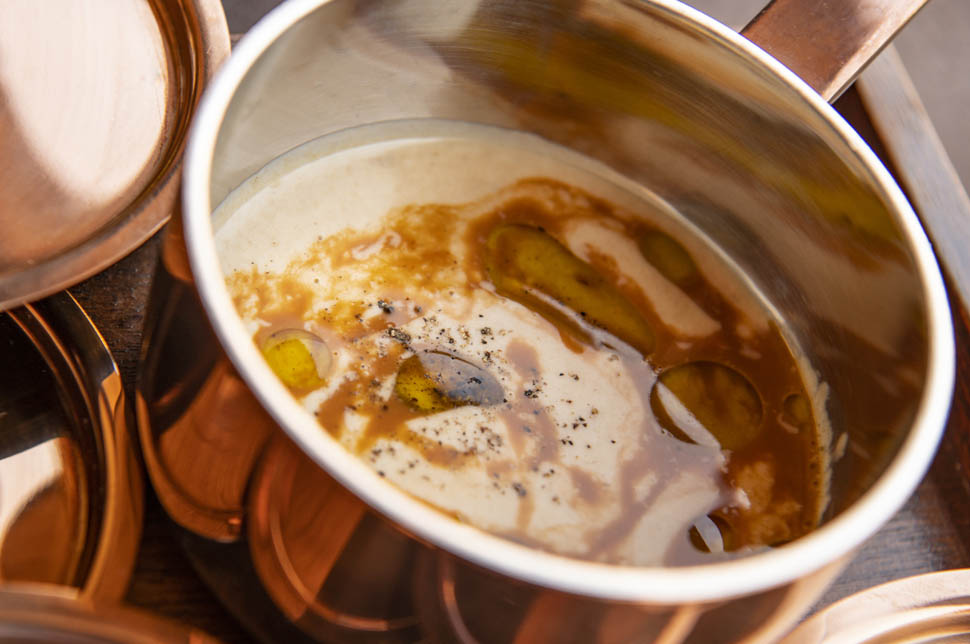
Another of the dishes that the chef likes so much is the fagottino with octopus, 'nduja, black olives and lemon leaf powder, a bite with a powerful taste and at the same time sharp in giving space to each individual element. The land and sea of Salina represent for Martina an almost limitless wealth of stimuli: she translates them into the kitchen with the immediacy of someone who has precise ideas and knowledge, technique and feeling.
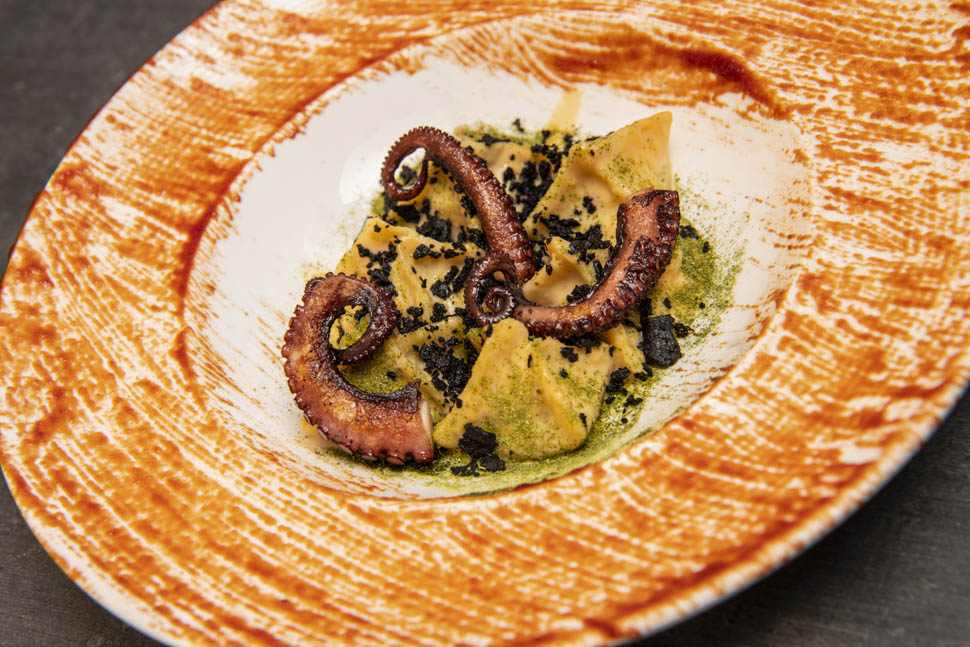
What it makes sense to call a sense of taste, which manifests itself in each of her ideas, from amberjack carpaccio with anchovy garum, herb oil from the garden to BBQ breaded spatula, a fish she learned to use from Gennaro Esposito and decided to combine with almond and leche de tigre, an ingredient from a trip to Peru. Mullet is another fish Martina knows and uses deliciously from menu to menu, marinated with salt and sugar before being smoked, in the almond, clam, lemon, and roe soup.
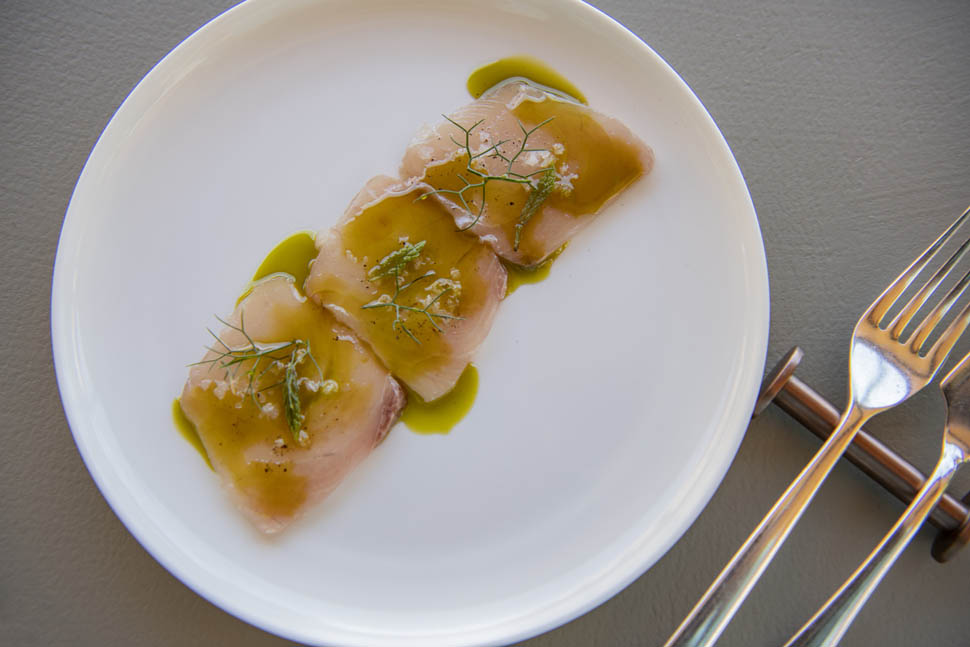
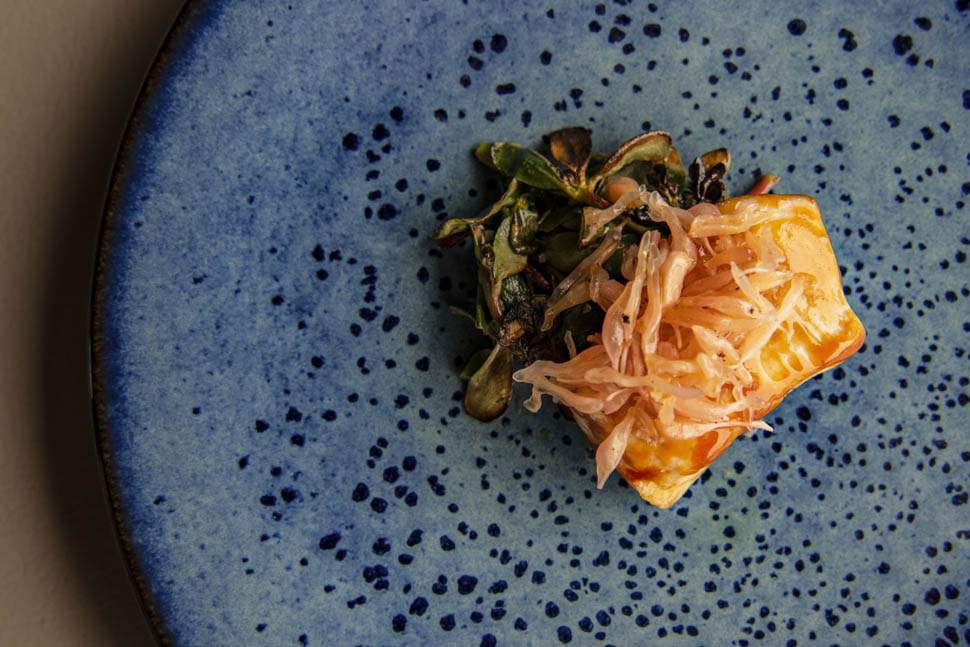
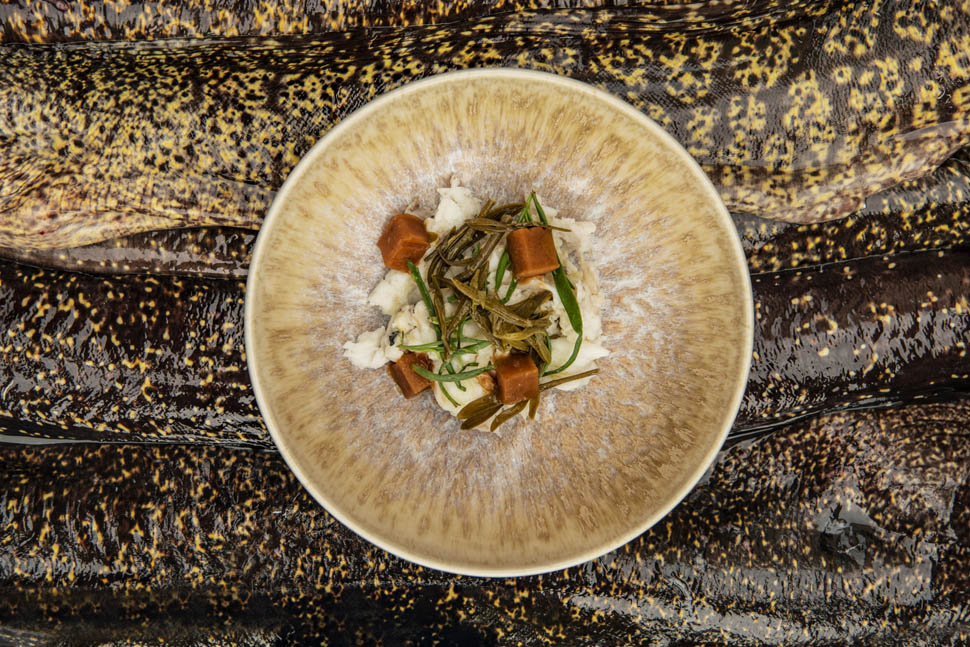
A flavorful broth of grouper, redfish, saffron, orange and chicory accompanies the half rigatone, in a harmony of sweetness, acidity and slight notes of bitterness. Again, Martina's recent in-depth study of maturations led to grouper, one slice raw and one cooked over coals, accompanied by a base of the same and a misticanza, with a beautiful game of textures.


From the vegetable menu, the chickpea button with smoked rosemary, caper leaves and tomato water, a graceful creamy morsel, is worth tasting. A journey to get there, one to be taken with a smile.

Contact
Signum
Via Scalo, 15, 98050 Malfa Salina ME
Phone: 090 984 4222


